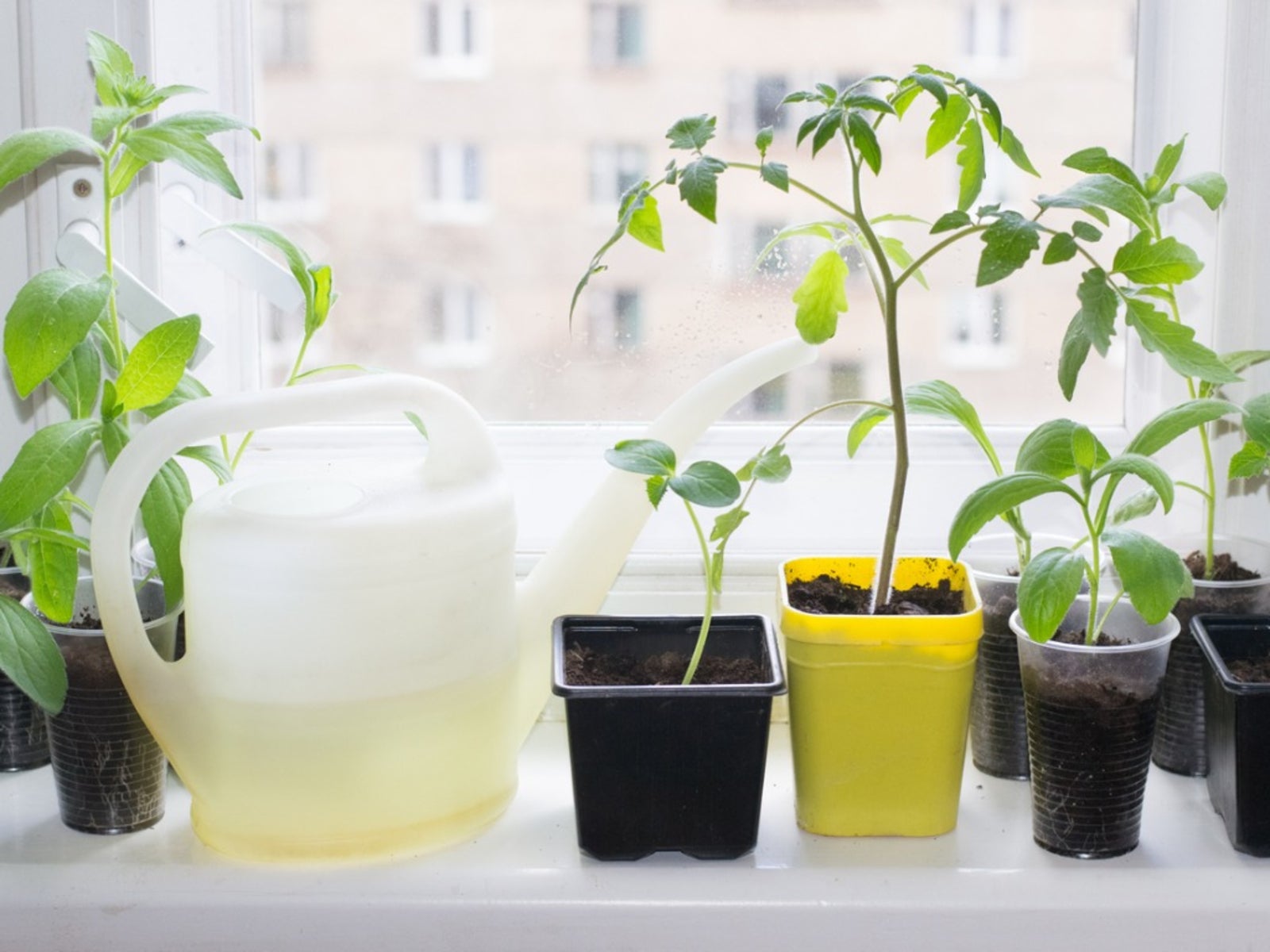Rooting Vegetable Cuttings: Information On Growing Veggies From Cuttings

When you think of growing vegetables in your garden, you probably picture planting seeds or transplanting seedlings. But for gardeners who have a relatively long summer and autumn, there's a third option: growing veggies from cuttings. This unusual method of vegetable plant propagation works by taking cuttings from the best plants in your garden and rooting them, creating small plants that can be transplanted within a couple of weeks. This technique is ideal for expanding your garden in the fall or to create a handy gift for a summer housewarming or barbecue party with the neighbors.
Vegetable Plant Propagation
Growing vegetable plants from cuttings has some distinct advantages. First, you're taking cuttings from the best plants in your garden, so you already know this variety does well in your environment. No worries about whether you get enough sun in your area or if the air is the right temperature. That's all been tested and proven true. Second, rooting vegetable cuttings in the middle of summer gives your garden a new lease on life. Just about the time when tomato and pepper plants start to look a little ragged from producing all summer, a fresh new crop of plants arrives looking strong and healthy. Finally, cuttings are much quicker to produce than plants from seeds. In most cases, you can grow from a bare cutting to a rooted plant ready to go in the ground in just 10 to 14 days.
How to Root Vegetable Cuttings
Not all plants work with this propagation method. When you practice how to root vegetable cuttings, you'll find that woody plants work best, like tomato and pepper. These long-season plants do well when started in mid-summer for a late autumn crop to extend the gardening season. Cut a healthy stem from the plant, about halfway between the soil and the top. Slice the cutting from the plant right where the branch meets the main stem. Use a razor blade or very sharp knife, and wipe it with alcohol first to kill any disease organisms that might lurk on the surface. Dust the end of the cutting in rooting hormone powder and place it in a hole pushed into a pot full of regular potting soil. Keep the cutting watered and place the pot in a bright spot in the house. Your tomato and pepper branches will form roots within a week or so, and will be ready to transplant or give as a gift within two weeks.
Gardening tips, videos, info and more delivered right to your inbox!
Sign up for the Gardening Know How newsletter today and receive a free copy of our e-book "How to Grow Delicious Tomatoes".
-
 Creative Ideas For Plant Containers: 7 Ways To Save Money And Add Charm To A Garden
Creative Ideas For Plant Containers: 7 Ways To Save Money And Add Charm To A GardenIf you are looking for great ways to add personality to your container gardening – and even save yourself some money – then try these creative ideas for plant containers
By Mary Ellen Ellis
-
 How To Make A Bouquet Garni Or Herb Bundle For Cooking
How To Make A Bouquet Garni Or Herb Bundle For CookingIf you’re a great cook, you may have made an herb bundle before. If this is a new idea, learn how to add sparkle and interest to your dish with a bouquet garni.
By Amy Grant
-
 How Many Vegetables To Plant Per Person For A Year
How Many Vegetables To Plant Per Person For A YearGauging how much to plant in a vegetable garden can eliminate waste while still producing enough for your family. Click for more.
By Bonnie L. Grant
-
 13 Perennial Fruits And Vegetables You Only Have To Plant Once
13 Perennial Fruits And Vegetables You Only Have To Plant OnceLooking to set it and forget it? Find out which fruits and vegetables can be grown as perennials.
By Laura Miller
-
 11 Edible Plants For A Year-Round Garden In A Bucket
11 Edible Plants For A Year-Round Garden In A BucketWant to know how to grow food inside your house and which foods do best indoors? Click here to learn all about it.
By Bonnie L. Grant
-
 Frost Tolerance Of Vegetables From Least To Most Hardy
Frost Tolerance Of Vegetables From Least To Most HardyHow cold can vegetables tolerate? Knowing which veggies will survive frosts and freezes is essential for the success of your garden. Click here for more.
By Laura Miller
-
 Best Vegetables To Pickle Straight From The Garden
Best Vegetables To Pickle Straight From The GardenPickles aren’t limited to just cucumbers. Read on for tips on pickling your fresh veggies.
By Amy Grant
-
 Benefits Of Planting In Fall Vs. Spring Vegetable Plots
Benefits Of Planting In Fall Vs. Spring Vegetable PlotsLearn why some vegetables do better if you plant them in fall instead of spring.
By Laura Miller
-
 Interplanting Vegetables In The Fall Garden
Interplanting Vegetables In The Fall GardenLearn all about the benefits of interplanting vegetables for your fall garden.
By Laura Miller
-
 Best Vegetables For Growing In Perlite
Best Vegetables For Growing In PerlitePerlite is a natural growing medium that comes from super-heated volcanic glass. In some cases, it works better than soil. Read on for more info.
By Laura Miller